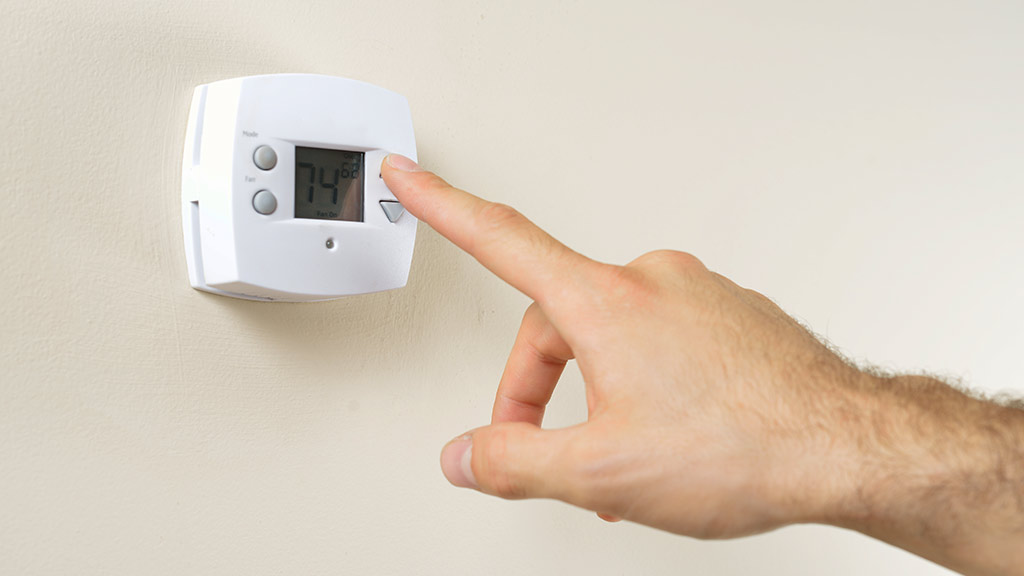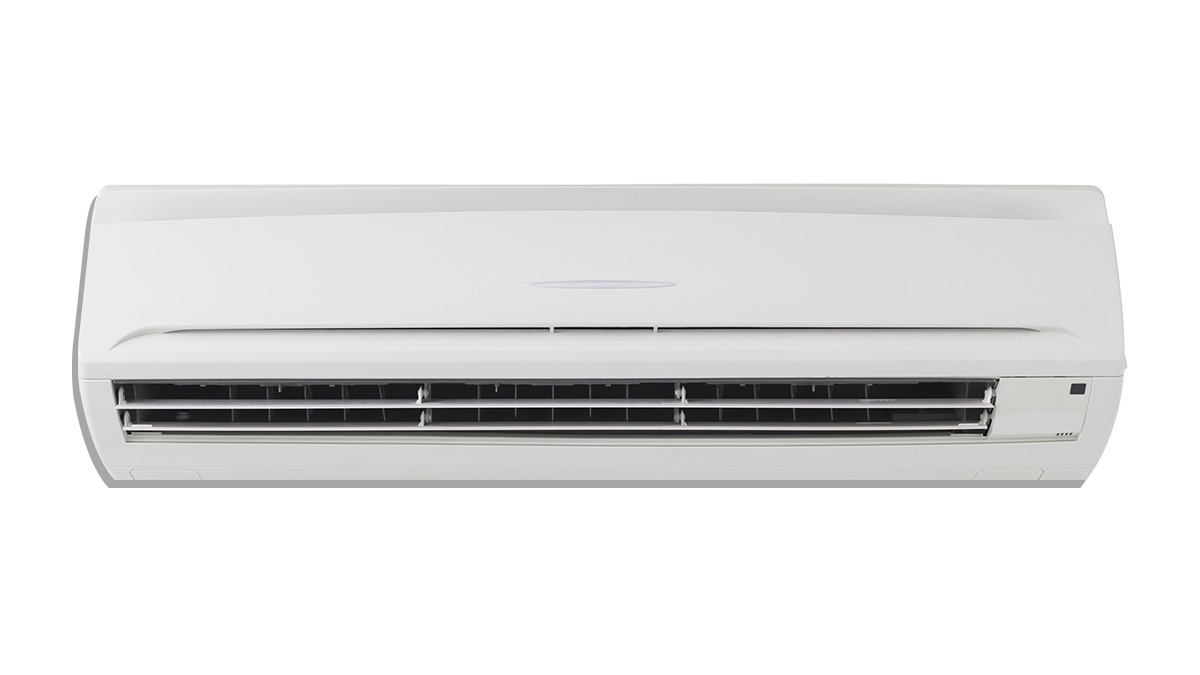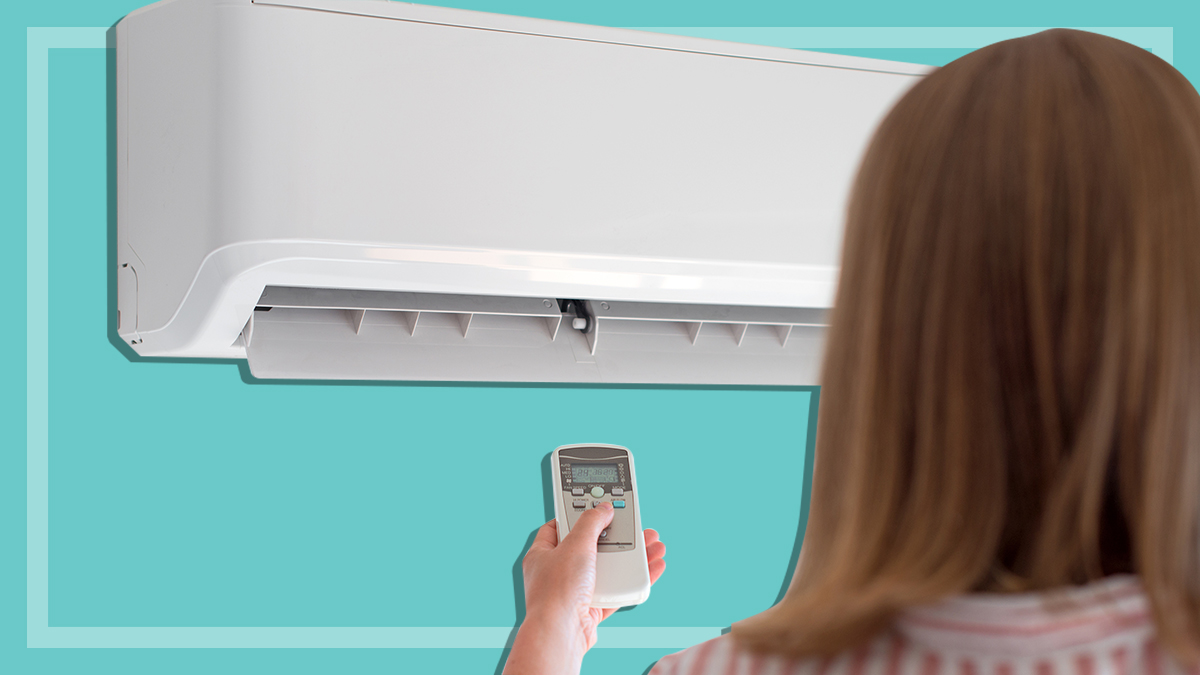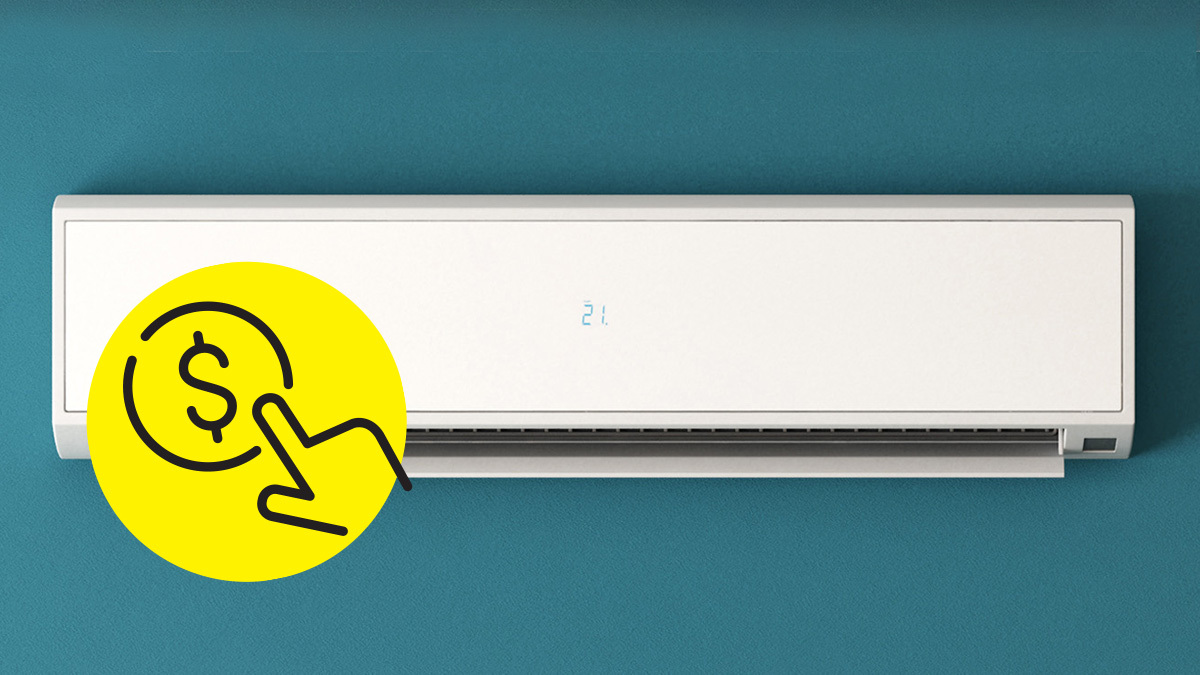How we compare air conditioners
Sifting through air con data to find the star performers.
Last updated: 7 May 2024
Split-system air conditioners are complicated machines and it can be hard to tell which one is better than another. At CHOICE, we review dozens of models to help make your purchasing decision as easy as possible. Here’s how we get the data that matters.
On this page:
Our experts
We’ve been reviewing air conditioners of various sorts for decades now. CHOICE participates in relevant Australian Standards committees and regulatory forums so we can keep an eye on industry trends and air conditioner regulations. However, we no longer lab test air conditioners (see below for why we changed our testing method and how we go about reviewing them).
How we choose which air conditioners to compare
Our split-system air conditioner reviews focus on inverter reverse-cycle and cooling-only models, as these make up the majority of air conditioner sales. While we no longer put split-system air conditioners through laboratory tests, we do watch for unusual and interesting models and will put these to lab tests if the need arises.
How we compare air conditioners
Our current method
Air conditioners sold in Australia must be tested to the Australian Standard AS/NZS 3823.2 and registered in a government database at energyrating.gov.au. This is to make sure they meet the required Minimum Energy Performance Standards (MEPS) and qualify for a star rating label. Government authorities occasionally perform check-tests on appliances that are subject to MEPS to make sure they meet their required and claimed performance levels.
We source data on the models directly from manufacturers and cross-check it against the government registration database. Scores are then calculated with a lot of number-crunching, spreadsheets and careful data-checking – just the sort of thing CHOICE people like to do!
This helps us bring you information on more models than ever before, and makes it easy for you to compare them. Not all brands respond to our survey, and without full information on specifications and ongoing availability, we generally don’t include these brands in our review.
While we’re unable to calculate ease of use, we’ve previously found most models are good or OK in this respect. Our air conditioner buying guide offers tips for choosing a model with a good remote control, as the remote is a key factor in whether an air conditioner is easy to use.
Why we changed our testing method
Before we adopted our current test method in 2013, time and money constraints meant we were only able to review a very small number of air conditioner models – about 20 per year, even though there are a few hundred split-system inverter models on the market at any one time. We could also only cover only one size category at a time – typically small (4kW and below) or large (6kW and higher) models.
On top of that, we often had trouble sourcing models for testing as we needed to test well ahead of the season, and manufacturers often didn’t have their new-season models available in time. Add in the fact that it cost us about $160,000 to buy and test those 20 models each year (at 2013 prices – it would be even more now) and you can see why we looked for a better value proposition for our members.
One of the main reasons we focused our lab tests on inverter air conditioners was that when inverter models started appearing back in the early 2000s, we were concerned that standard tests might not have been measuring their efficiency in a way that reflected their actual performance in a consumer’s home.
Now, inverter technology is the norm, and after several years of testing inverter models, we no longer have any particular concerns about their typical performance. So we’re comfortable that a ‘desk review’ is appropriate.
Air conditioner scoring criteria explained
For reverse-cycle models, the CHOICE Expert Rating, our overall score, is made up of:
- cooling efficiency (40%)
- heating efficiency (40%)
- airflow (20%).
For cooling-only models, the CHOICE Expert Rating is made up of:
- cooling efficiency (80%)
- airflow (20%).
Weightings are in brackets.
A model scoring 90% is excellent, 70% is good, and 50% is borderline. Note that scores for previously tested models can sometimes change from their original published values, as the increasing efficiency and performance of new models occasionally requires us to rescale our scoring method.
When that happens, older, less efficient models tend to score a bit lower than they did in previous reviews, and sometimes a previously recommended model drops off the recommended list as its score falls below the required level. That doesn’t mean it’s a bad model, simply that better ones have come onto the market.
Cooling and heating efficiency
Cooling and heating efficiency scores reflect how much cooling or heating the unit can deliver, compared to the amount of input power (electricity) it uses. The best scoring models deliver more kWh of cooling or heating per kWh of input energy – the result being they cost less to run.
Because all air conditioners sold in Australia must meet strict Minimum Energy Performance Standards (MEPS) for cooling and heating efficiency, we consider that all the reviewed models are at least OK in this respect. However, we’ve found many models that are much better than simply OK.
We score cooling efficiency based on each model’s rated Annual Energy Efficiency Ratio (AEER), a measure of how much cooling the model delivers for the electricity it uses, plus standby and other non-operating power consumption. The heating efficiency score is based on the model’s rated Annual Coefficient of Performance (ACOP), a similar measure for heating energy delivery.
Any new model registered from April 2020 onwards has a new star rating label, known as the Zoned Energy Rating Label (ZERL). This shows three cooling star ratings and three heating star ratings, based on the climate zone where the unit is installed. Check out our air conditioners buying guide for more details.
Our review shows this information for those models that have the new star ratings, but there are plenty of older models still on the market without the new label. Once all the models in our review have the new label, we’ll start basing our scores on the zoned energy data instead.
Airflow
Airflow is a measure of how much air the unit puts out on its lowest and highest fan speeds. The lowest fan speed should deliver a gentle breeze – good for the bedroom when you’re sleeping, for example. The highest fan speed should deliver a powerful blast for cooling or heating the room rapidly. A model with a good airflow score has a useful range of fan settings. Some models don’t (the lowest fan speed is too powerful or the highest speed too weak, or both) and get lower scores accordingly.
Scoring the different sizes
We score the small (up to 4kW), medium (4–6kW) and large (over 6kW) models each on their own scoring scales, because it’s unfair to put them all on one scoring scale. A large 9kW model just doesn’t achieve the same efficiency as a small 2.5kW model. Likewise, large models have more powerful fans and achieve much higher airflows, so we can’t directly compare them to the small or medium models in that respect either.
So while the method for scoring each size category is the same, the actual scale is different for each of the categories. We’ve grouped all sizes together in our air conditioner reviews, but you should only compare scores within each size category. Use the filters to narrow your search by size.
Running costs
We calculate air conditioner running costs so you can compare your options, and we’ve recently changed how we calculate these. Running costs are now based on the energy usage for each model as calculated for the Zoned Energy Rating Label (ZERL), which calculates that model’s typical energy usage in cooling and heating modes in cold, average and hot climate zones. We calculate with electricity priced at 40c/kWh. Our air conditioner buying guide explains the ZERL in more detail.
Some older models still on the market are not registered for the ZERL and for these we can’t calculate a running cost. These will soon either be phased out or re-registered, as all models on the market as of 2025 must be registered to the ZERL.
Typically, running costs in a cold zone (e.g. Canberra, Melbourne or Hobart) or hot zone (e.g. Darwin or Brisbane) tend to be higher than for the average zone (e.g. Sydney, Perth and Adelaide). That’s simply because the air conditioner is usually run for more hours in those zones, and may also have to work harder in the more extreme cold or heat. Inevitably that means it uses more energy.
All that said, the calculated running costs are a guide only – your actual running costs will depend on how much you use your air conditioner, what temperature you set it to, your home’s layout and thermal efficiency, local climate and so on. Check out our tips for saving energy when running your air conditioner.
Our test lab
Testing air conditioners requires a very specific laboratory, with controlled indoor and outdoor temperature and humidity. While CHOICE does have high-quality laboratories, including thermal labs for testing fridges, we don’t have a lab suited to air conditioner testing – it would be too expensive to construct and maintain.
So instead, when we need an air conditioner tested, we send it to a qualified external lab.
Related
Chris Barnes is a Senior Project Officer. He manages the product reviews that are done outside of CHOICE with external labs or data sources. This includes solar panels, electric heaters, air purifiers and detergents. Chris also manages our testing services through our commercial arm, Test Research, and he is CHOICE's NATA authorised representative for our lab's formal accreditations. Chris is involved with the standards committee for air conditioners. And he works with government and industry in areas such as product safety and regulation. In over 20 years at CHOICE, Chris has managed lab teams for a wide range of products, including children's products, kitchen appliances, laundry appliances, garden power tools and more. Chris has a Science degree from the University of Sydney. LinkedIn
Chris Barnes is a Senior Project Officer. He manages the product reviews that are done outside of CHOICE with external labs or data sources. This includes solar panels, electric heaters, air purifiers and detergents. Chris also manages our testing services through our commercial arm, Test Research, and he is CHOICE's NATA authorised representative for our lab's formal accreditations. Chris is involved with the standards committee for air conditioners. And he works with government and industry in areas such as product safety and regulation. In over 20 years at CHOICE, Chris has managed lab teams for a wide range of products, including children's products, kitchen appliances, laundry appliances, garden power tools and more. Chris has a Science degree from the University of Sydney. LinkedIn







